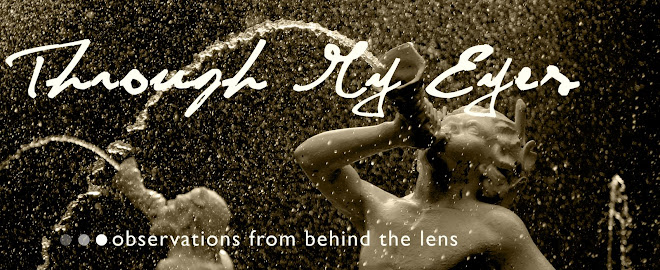On February 3, 1959, a Beechcraft Bonanza carrying Charles Hardin Holley, P.J. Richardson, and Ritchie Valens crashed soon after takeoff near Clear Lake, Iowa. As a musician, it’s tough for me to let today go by without noting the anniversary of "the day the music died.” Richie Valens, who was only 17 when he died, definitely left an enduring mark on music. Richardson, who’s stage name was “the Big Bopper”, was just a pretty small blip and a footnote next

to a Don McLean song. But Buddy Holly was different. Like Otis Redding and Jimmy Hendrix, he was ahead of his time and died before reaching the megastar status that he was capable of acheiving. And he changed the face of rock and roll forever.
I’m don’t carry a great amount of stature as a music historian or critic, but I’m smart enough to know that when the greats of rock and roll pay homage to you with their words and their music, you forever influenced the rockers who followed you.
The Beatles were named, in part, to honor Holly’s band, the
Crickets. Keith Richards and Bob Dylan both saw Holly live and went on to credit the Texas guitarist with influencing their work. But Bruce Springsteen, a man known for understanding his rock roots, perhaps gave Holly the greatest compliment. In a 1978 interview, “The Boss” told
Rolling Stone, “I play Buddy Holly every night before I go on; that keeps me honest.”
Holly played guitar, piano, and violin. He was one of the first rock musicians to write and produce his own music. And many of his arrangements, voicings, and vocal techniques were groundbreaking. He is credited for creating the standard of a lineup of two guitars, a bass, and drums. And certainly, he was responsible for giving Gary Busey a chance at one serious movie role.
I also have to wonder whether I would ever consider touring on an airplane if I make it one day as a rock and roller (don’t worry Vegas, those odds are too huge to calculate). But when you think of the talent that has been lost in small plane crashes, perhaps the John Madden’s, “I only ride buses” approach can’t be too bad. Consider this small sampling of a long list of plane-crash victims: Patsy Cline, John Denver (did he really run out of gas?), Otis Redding, Ronnie Van Zant (yes, I know it was a helicopter), Glen Miller, Jim Croce, Rick Nelson, and Stevie Ray Vaughan. What if Otis Redding or Buddy Holly has seen age thirty? What if?
Thanks in part to Don McLean, today commemorates the “day the music died”. I don’t think I own a copy of
La Bamba or
Chantilly Lace, but I’m pretty sure I’m going to listen to my Buddy Holly playlist on my way to a rehearsal tonight.
 ones County News, my hometown newspaper. It's a great local newspaper and a really well done magazine, even if my photo is on the cover.
ones County News, my hometown newspaper. It's a great local newspaper and a really well done magazine, even if my photo is on the cover.


































